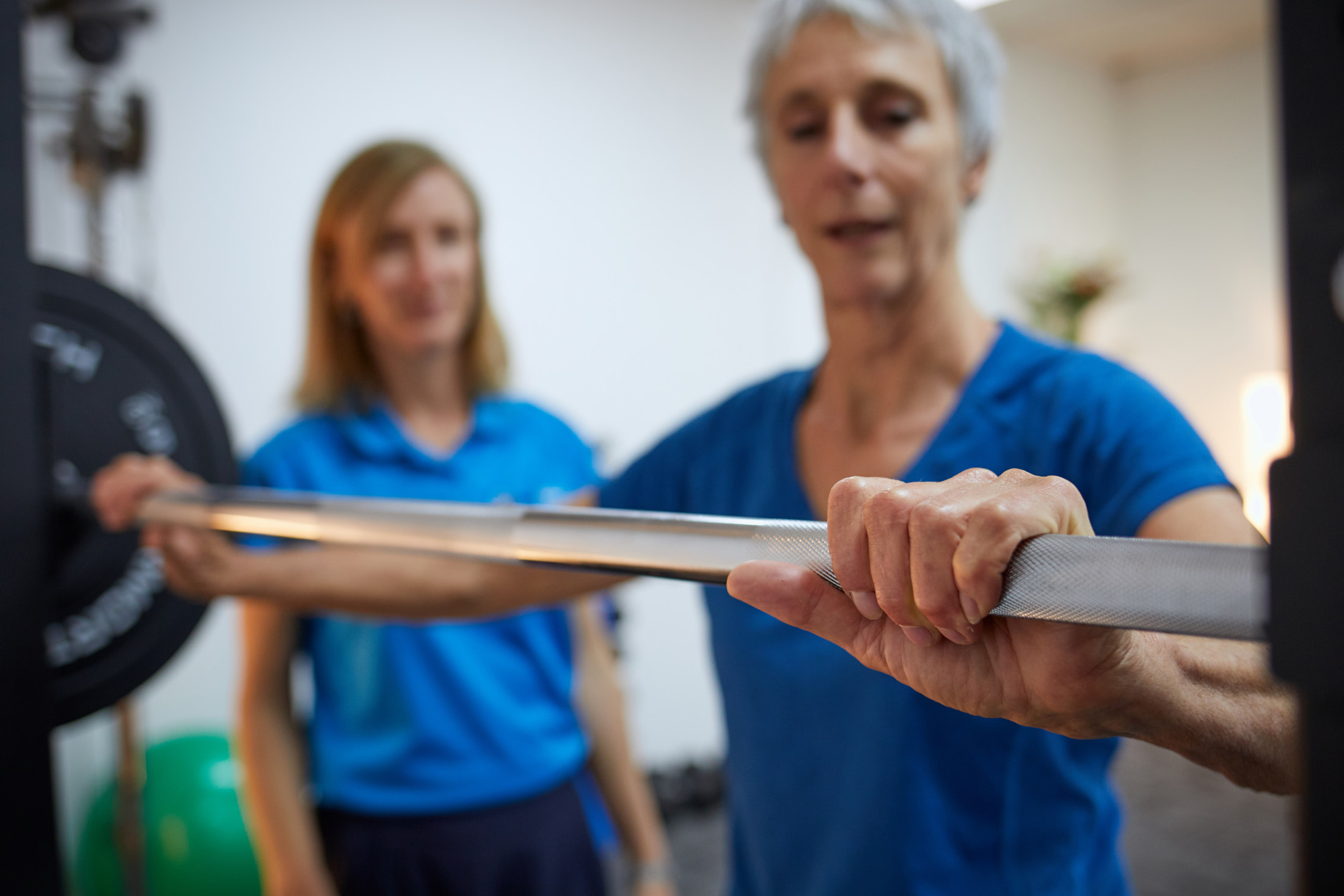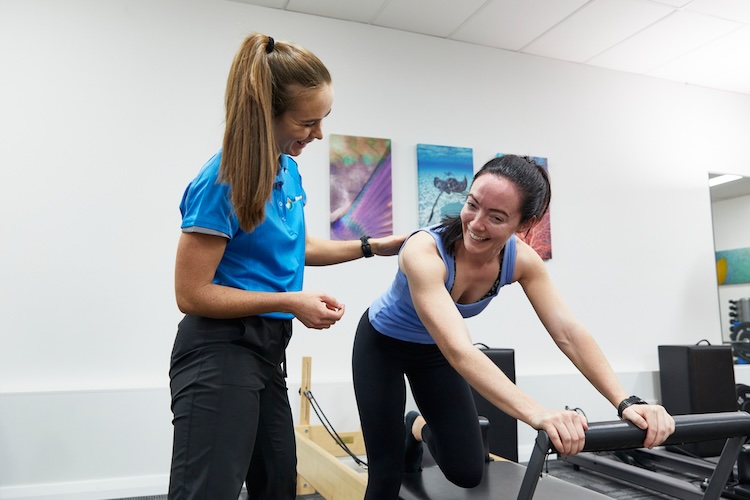
Premenstrual syndrome (PMS) is a complex ‘condition’ with many physical and emotional symptoms. It occurs 7-14 days before menstruation and stops during the first days of a menstrual period. All women experience PMS, either with mild -moderate (75%) or severe (25%) symptoms. And 8% of those with severe PMS have significantly reduced quality of life. (2) There is a lack of understanding about the cause of PMS but a lot is known about its symptoms.
Any woman who has experienced PMS will appreciate the impact it has on how you think, feel and behave. It can erode self esteem, productivity and quality of life. This blog explores some of the naturopathy treatment approaches to PMS and what can be done at home.
Symptoms of PMS
As a syndrome there are many and varied symptoms associated with PMS. Most women will experience a group of symptoms that recur. These symptoms can change, especially after a significant biological event such as after child birth. Naturopaths group these symptoms into 6 sub-types, each with its own set of signs, symptoms and possible underlying cause.
6 sub-types of PMS
The six sub-types of premenstrual syndrome are PMS-A, C, D, H, P and the less common Double D. A women can experience one main type or a number of different types:
-
PMS-Anxiety (PMS-A) is characterised by an increase in anxiety, irritability and nervous tension
-
PMS-Cravings (PMS-C) will increase appetite and hypoglycaemic symptoms such as craving for sweet food, feeling fatigue, dizziness, faint and heart palpitations.
-
PMS -Depression (PMS-D) – is accompanied with low mood, crying, forgetfulness, confusion and withdrawel.
-
PMS-Hyperhydration (PMS-H) – has fluid retention as its primary feature and may be experienced as breast tenderness, swollen ankles and weight gain (2kg or more)
-
PMS-Pain (PMS-P) – experience joint pains and/or backache, pelvic discomfort and pain, mild to severe uterine cramping, headache, migraine
-
Premenstrual dysphoric disorder (PMDD) – a small group of women have more serious and debilitating form of PMS referred to as premenstrual dysphoric disorder (PMDD). The symptoms have a serious impact on a woman’s mental and physical health making it very difficult to carry out normal daily activities. Symptoms include insomnia, depression with suicidal thoughts, anxiety with panic attack.
Other symptoms associated with PMS include – Acne, altered libido, reduced immunity, thrush, irritable bowel and an increase in upper respiratory infection e.g. sinusitis, colds and an increase sensitivity to sounds, light and touch.
The combined effect of this consistent experience, each month, can be to lower self confidence, self esteem and a women’s sense of self autonomy. Inner wisdom, intuition and experience of self as a creative force becomes even more challenging.
What causes PMS?
PMS is a syndrome, which means it is characterised by a collection of symptoms (approx. 150) each with varying possible underlying biochemical causes. These physiological causes are also influenced by social and psychological factors.(1)
There is no definitive cause of PMS. Naturopathic theories relate to hormone factors, brain chemistry, other factors and a multi-factorial model which incorporates hormonal, lifestyle and emotional factors as contributing to the development of the symptoms. (3)
Hormonal Factors
5-10 days pre-menses there is elevated plasma oestrogen and reduced plasma progesterone levels. At around this time there is also elevated FSH, marginally elevated aldosterone levels amongst other hormone changes.
-
Oestrogen/progesterone ratio imbalance theory explains some PMS symptoms such as irritability and anxiety from higher than normal levels of oestrogen in relation to progesterone, or fluid retention from relatively low progesterone levels.
-
Progesterone receptor theory proposes that PMS is not caused by abnormal hormone levels but an abnormal response to normal hormone levels. Research shows that women with PMS are hypersensitive to their own progesterone and progestogens. (4)
-
Adrenal hormone theory links the adrenal hormones cortisol and aldosterone with some of the PMS symptoms and proposes that there is ‘abnormal’ communication between the adrenal gland, the hypothalamus and pituitary glands (HPA axis)
Brain Chemistry
Imbalances in brain chemicals such as the neurotransmitters adrenalin (which triggers anxiety), noradrenaline, serotonin (causes nervous tension, poor concentration and fluid retention) and dopamine (which induces relaxation and mental alertness) can also play a role in PMS.
Other Factors
Nutritional deficiency of Vitamin B6, vitamin E and vitamin A are popular theories but have not been proven.
Women with PMS have pronounced fluctuations in magnesium levels, and magnesium supplementation reduces PMS symptoms of pain, depression, irritability and fluid retention. (3)
Prostaglandins, despite having no proven mechanism of action, are implicated in PMS because therapy that successfully inhibits or manipulates them can be successful in reducing PMS.
Naturopathy Treatment for PMS
It is important to remind ourselves that women’s hormones cycle naturally. Physical discomfort and change in mood and behaviour have been associated with menstruation since ancient times. However, when this premenstrual period is experienced with heightened symptoms it requires us to take a 360* view and consider all factors that can affect hormonal health.
Comprehensive Assessment
In treating PMS, Naturopaths at Next Wave Therapy begin with a comprehensive assessment.
There are no specific diagnostic tests for PMS. Hormone levels are usually within the normal range and so diagnosis relies on medical history, symptoms, stressors and other bio-psycho-social factors.
You may be asked to keep a diary of symptoms and temperature tracking to help identify whether you have PMS and whether relative hormone imbalances are at play. Your Next Wave naturopath will also be interested in blood chemistry results to rule out other possible sub-clinical presentations such as hypothyroid disorder, anaemia or IBS
Naturopathy Treatment Options
Successful treatment for PMS is dependent firstly on accurate diagnosis of the type(s) of PMS being experienced, identifying contributing factors and establishing realistic and achievable lifestyle changes.
Next Wave Naturopaths use clinically effective herbal medicines, nutritional medicine, diet and lifestyle recommendations for PMS.
Depending on identified underlying cause a treatment protocol may focus on one or a number of systems of the body such as to;
-
Improve liver and lymph function
-
Regulate prostaglandins
-
Balance hormones
-
Regulate bowel function
Lifestyle advice
-
Manage stress
-
Daily sunlight exposure
-
Moderate exercise 3 -5 x week
-
Yoga (at Next Wave OT Yoga is offered for women who experience moderate to severe pain associated with PMS)
Dietary Advice
-
Low glycaemic index diet
-
Increase fiber and limit refined carbohydrates
-
Increase iron rich foods
-
Seed cycling for hormone balance
PMS can be successfully treated or relieved using a natural approach. Next Wave Naturopaths are highly qualified and experienced in helping women unravel the complex interplay of biological, social and psychological factors that weave into hormonal complaints.
Copyright Next Wave Therapy (2019) Written by Sasha Wray (Naturopath and Occupational Therapist).
Sasha has a special interest women’s health, mental health and pain management.
Medicare (EPC & BAMH/MHCP) and Private Health Rebates may apply
References
-
Price, W.A. Dimarzio,M.S. and Gardner,P.R. (1986) Biopsychosocial approach to premenstrual syndrome, Science 196, pp.129-36
-
Yonkers KA, O’Brien PM, Eriksson E, 2008, ‘Premenstrual syndrome’, The Lancet, vol. 371, no. 9619, pp. 1200–1210
-
Tricky, R. Women. (1998) Hormones and the Menstrual Cycle. Allen & Unwin: Australia
-
Dalton, K.1990. ‘The aetiology of premenstrual syndrome is with the progesterone receptors’, Med Hypotheses 31, pp.323-27






